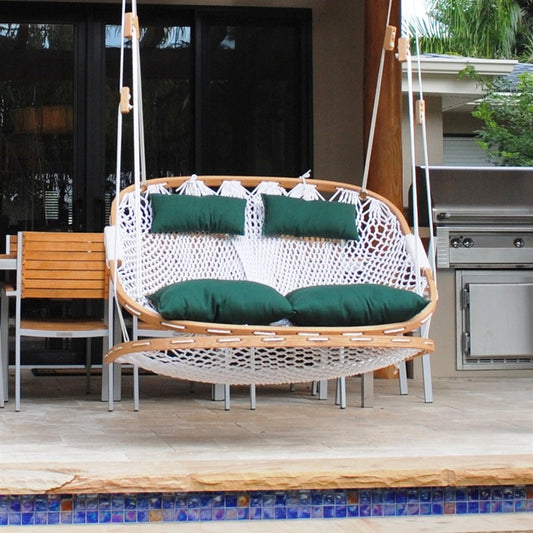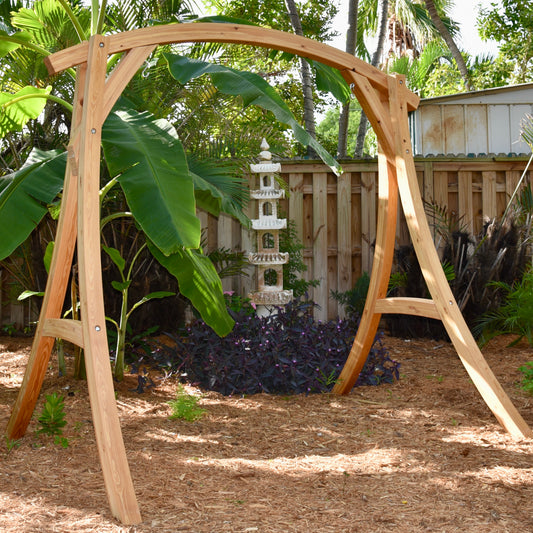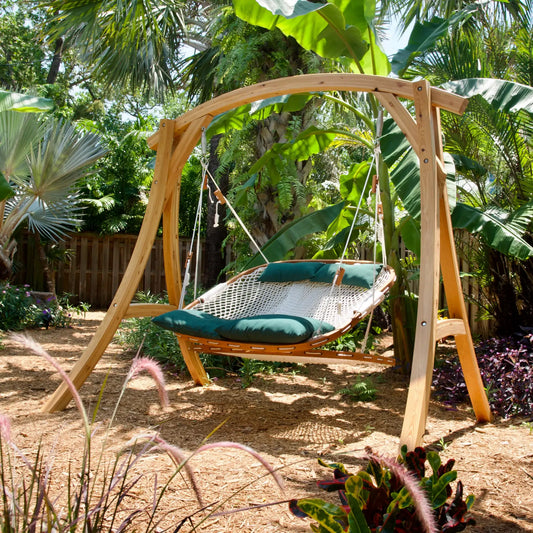Shopping cart
Single Kooala Chair with Footrest
Swing into Serenity: The Single Kooala Chair Imagine yourself gently swaying in the breeze, envel... Read more
Regular price
$399.99 USD
Sale price
$399.99 USD
Regular price
Unit price
/
per
Double Kooala Chair with Footrest
Double the Coziness, Double the Joy: Introducing the Double Kooala Chair. Imagine this: swaying g... Read more
Regular price
$749.99 USD
Sale price
$749.99 USD
Regular price
Unit price
/
per
Wood Arc Swing Stand
Intricate in design and grand in appearance, the innovative Siberian Larch Swing Stand is crafted... Read more
Regular price
$849.99 USD
Sale price
$849.99 USD
Regular price
Unit price
/
per
Double Kooala Chair with Footrest and Wood Arc Swing Stand
Bring ultimate relaxation to your outdoor space with the Double Kooala Chair paired with our stun... Read more
Regular price
$1,599.98 USD
Sale price
$1,599.98 USD
Regular price
Unit price
/
per
Almost there, add $100.00 USD more to get FREE SHIPPING
Now you are eligible FREE SHIPPING




